Pop-up triggers are events or user actions that cause a pop-up to appear on your website. Targeting strategies determine when and how to display pop-ups based on user behavior and preferences. Combining the right triggers and targeting strategies can help you optimize the effectiveness of your website pop-ups.
1. Exit-Intent Triggers
As mentioned earlier, exit-intent triggers detect when a user is about to leave your website and present a pop-up to capture their attention or encourage them to stay. This can be an effective way to reduce bounce rates and increase conversions.
2. Time-Based Triggers
Time-based triggers display pop-ups after a specific amount of time has elapsed since the user arrived on your website. This can help you present offers or promotions to engaged users who have demonstrated an interest in your content.
3. Scroll-Based Triggers
Scroll-based triggers display pop-ups when the user scrolls down to a specific point on your webpage. These pop-ups can be used to present relevant offers or promotions based on the content the user is currently viewing.
4. Click-Based Triggers
Click-based triggers activate pop-ups when the user interacts with a specific element on your webpage, such as a button, link, or image. They are less intrusive than automatic pop-ups and can be used to present additional information or offers related to the user's action.
5. Location-Based Triggers
Location-based triggers target users based on their geographical location. These pop-ups can be used to present location-specific offers, promotions, or content to enhance user experience and increase conversions.
6. Cookie-Based Triggers
Cookie-based triggers use information stored in the user's browser cookies to present personalized offers or promotions. This can help you tailor your pop-up campaigns to individual users, increasing relevance and boosting conversion rates.
7. Inactivity Triggers
Inactivity triggers detect when a user has stopped interacting with your website and present a pop-up to re-engage their attention. This can be an effective way to reduce bounce rates and increase conversions.


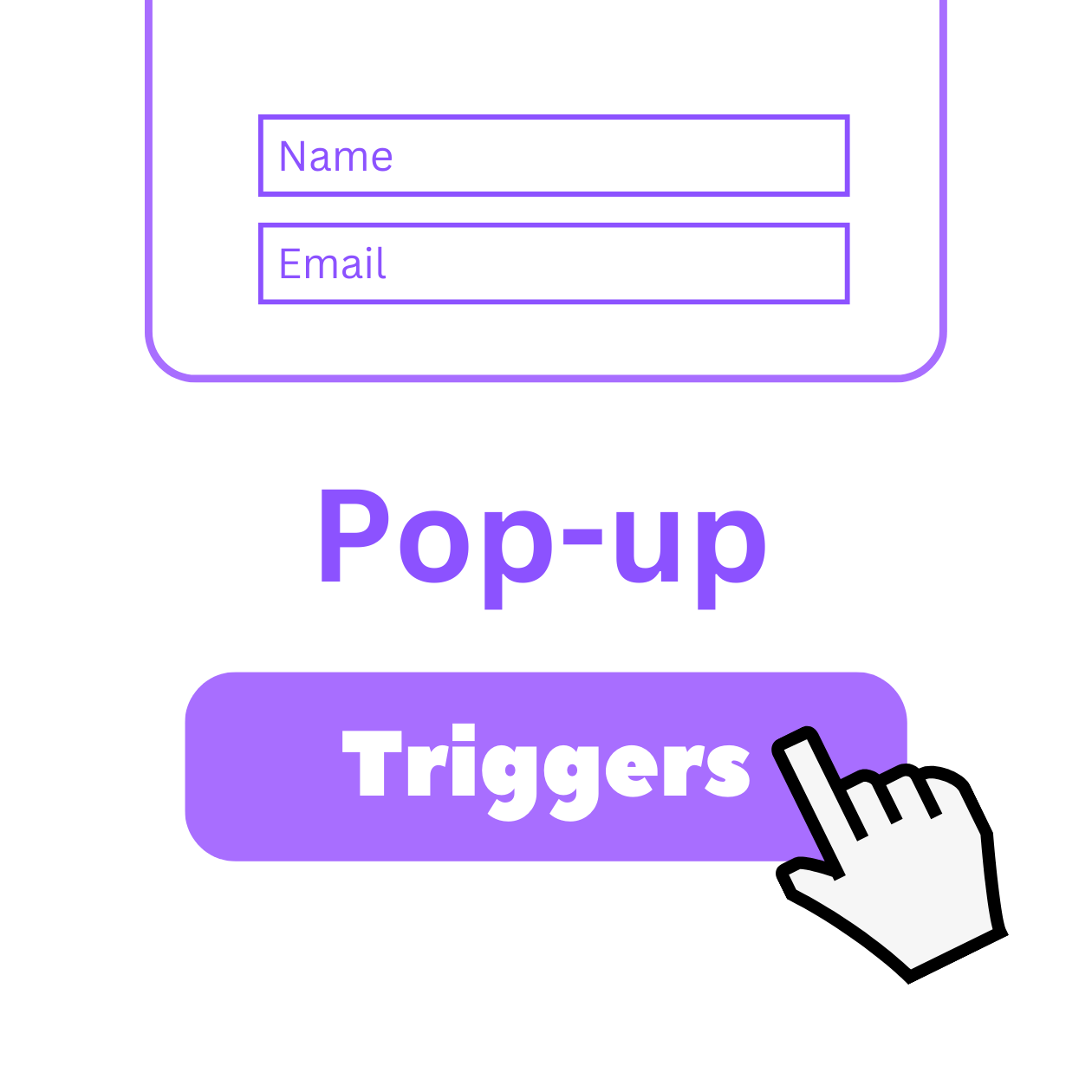
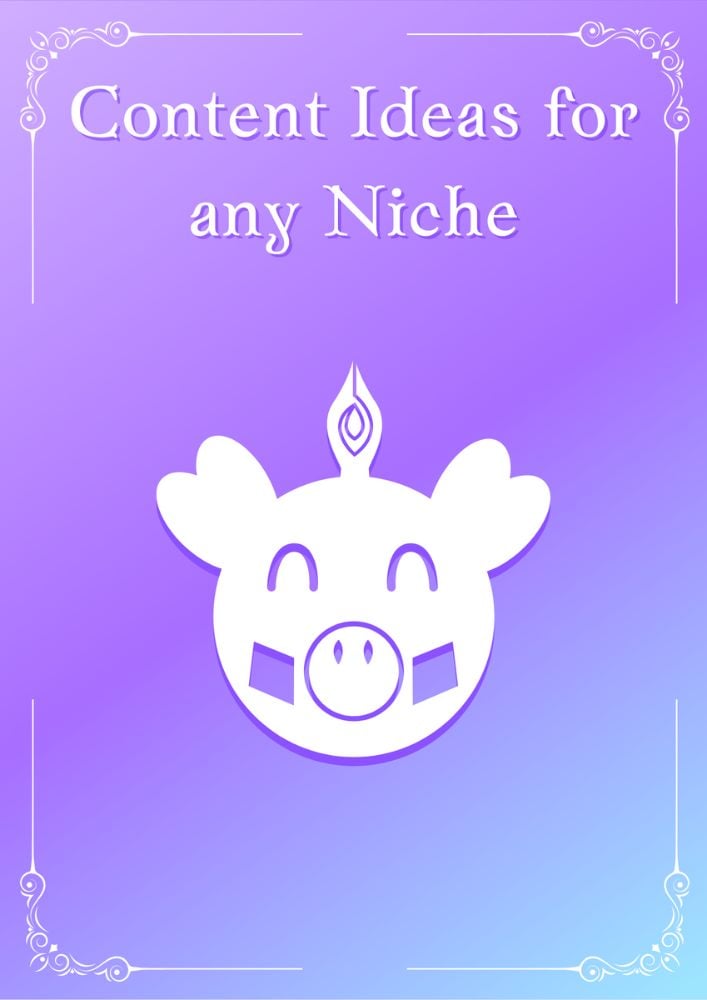
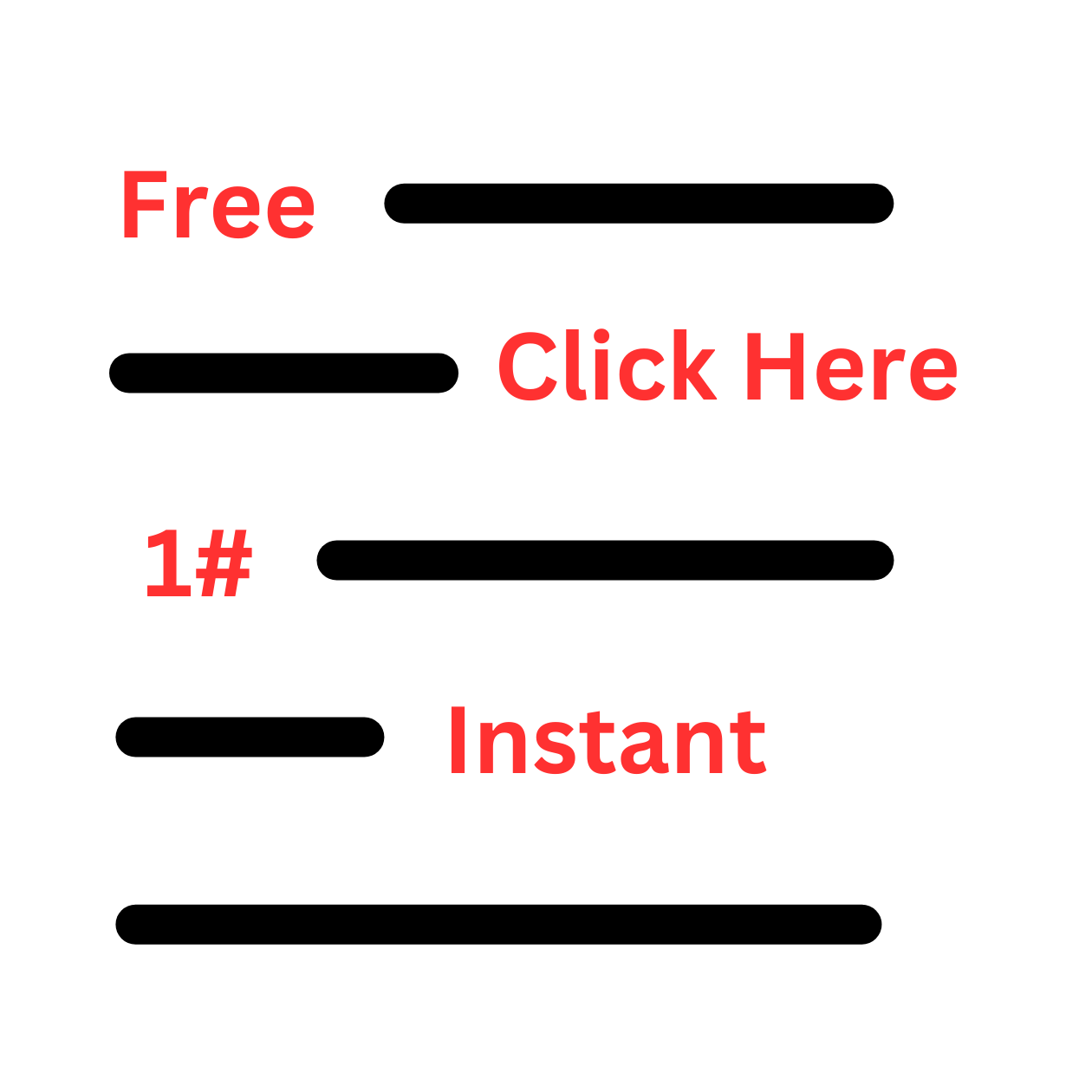
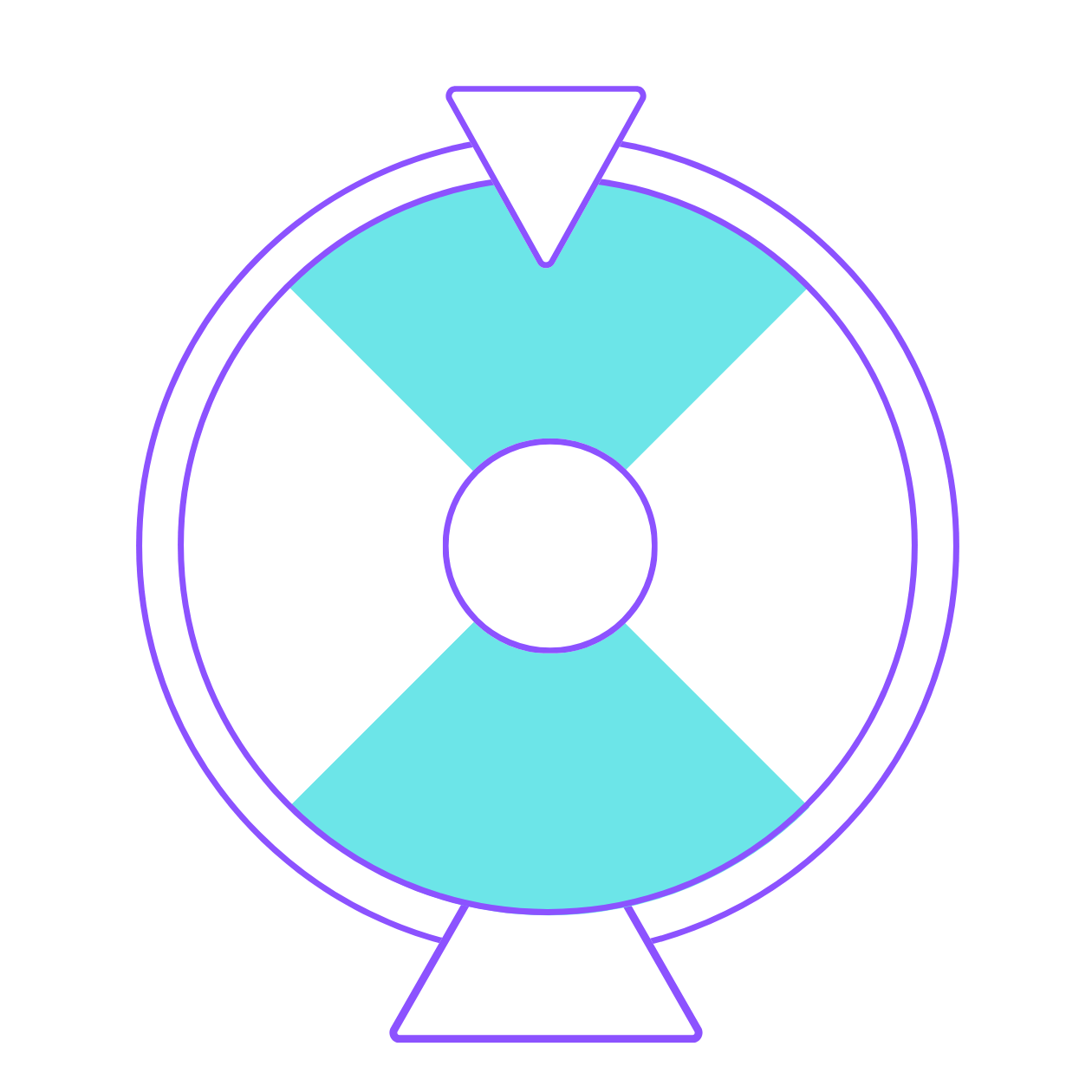


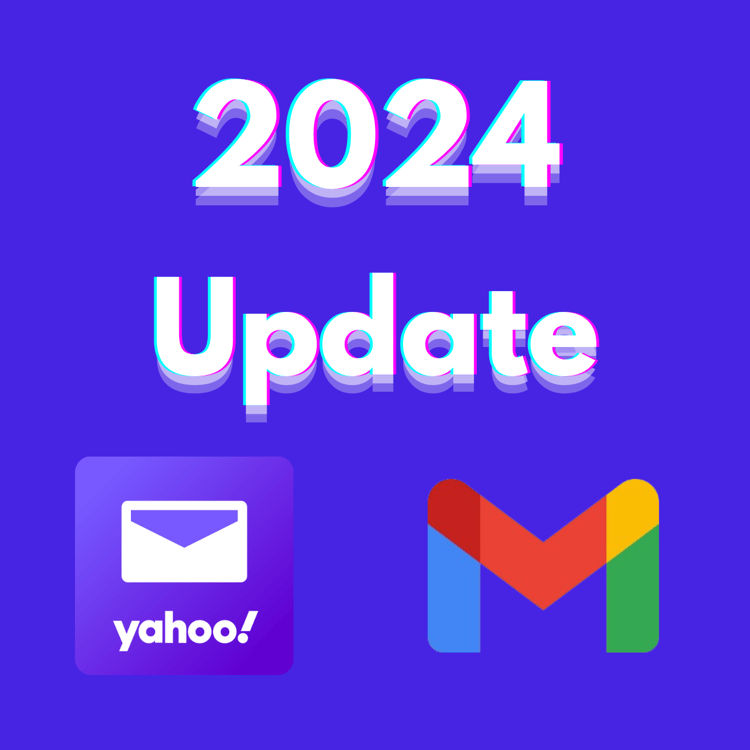

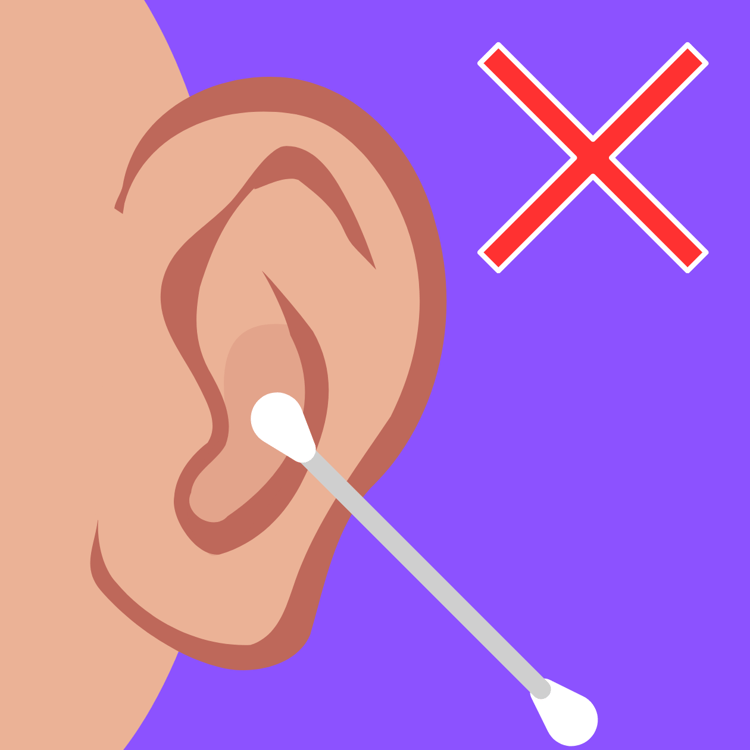


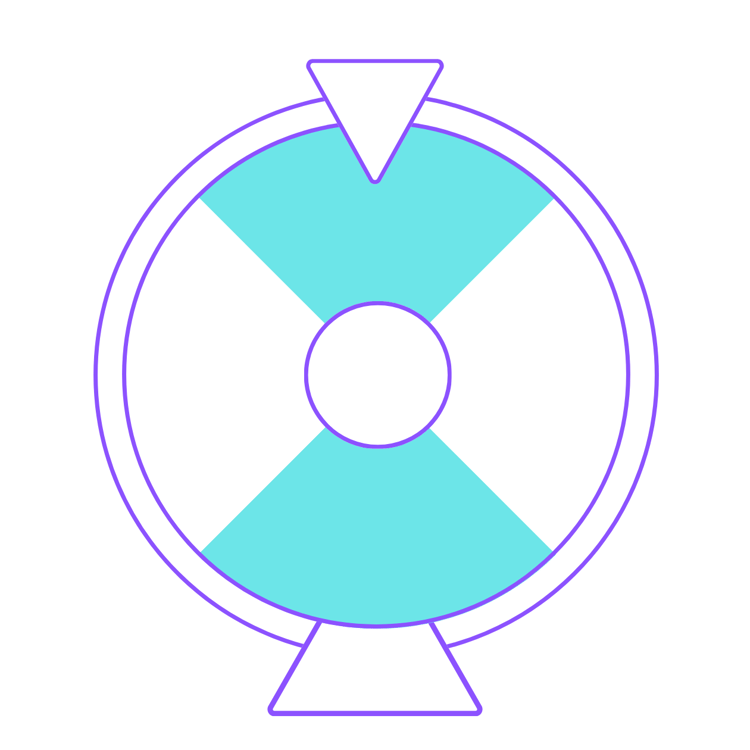

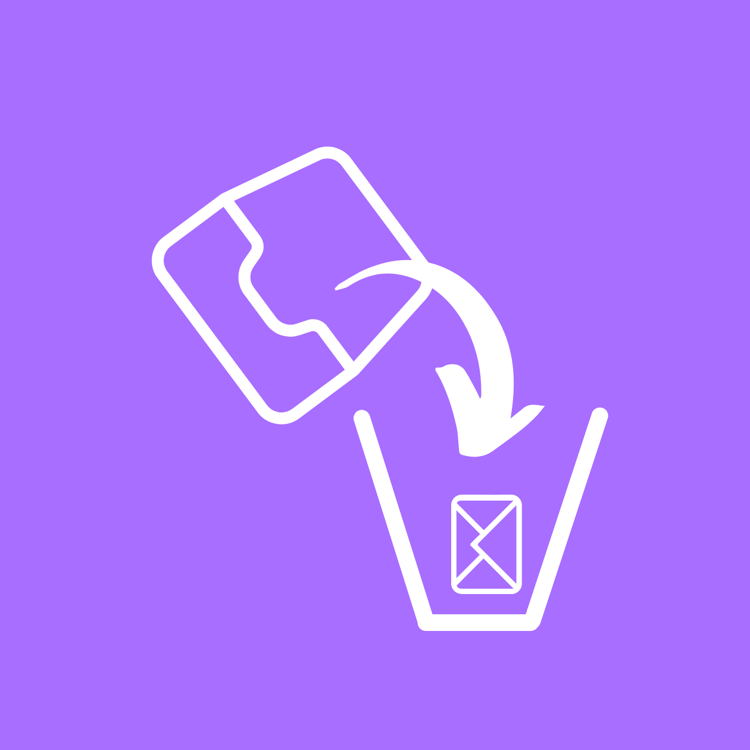


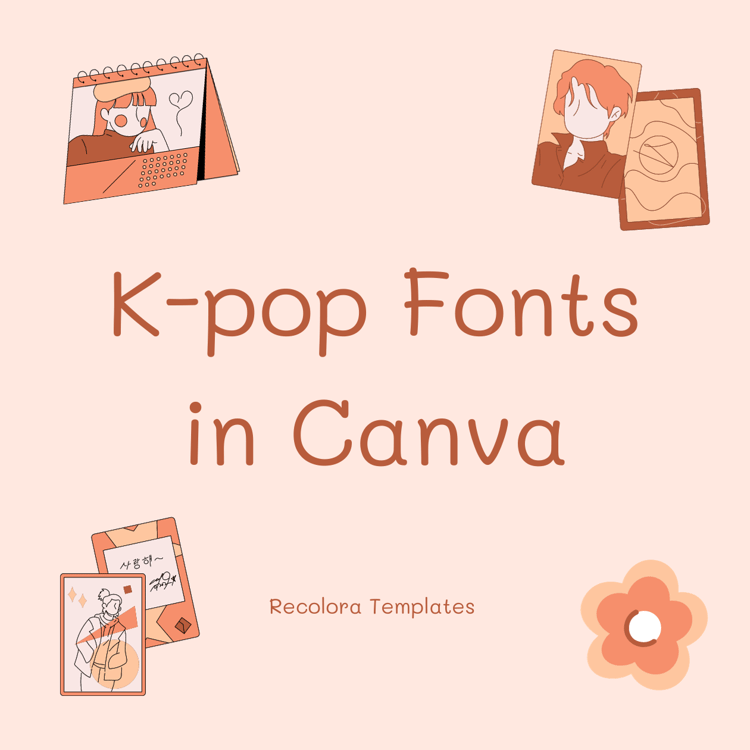

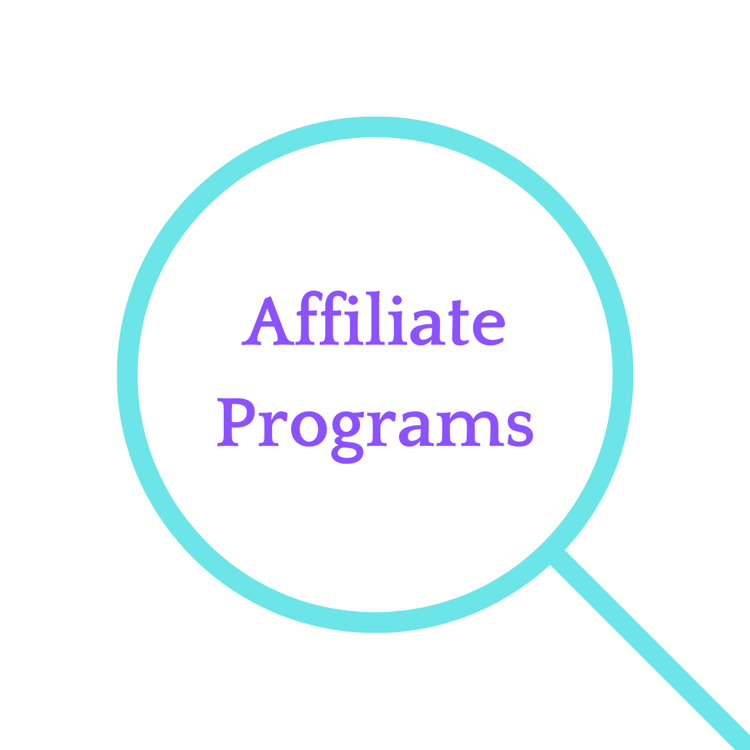
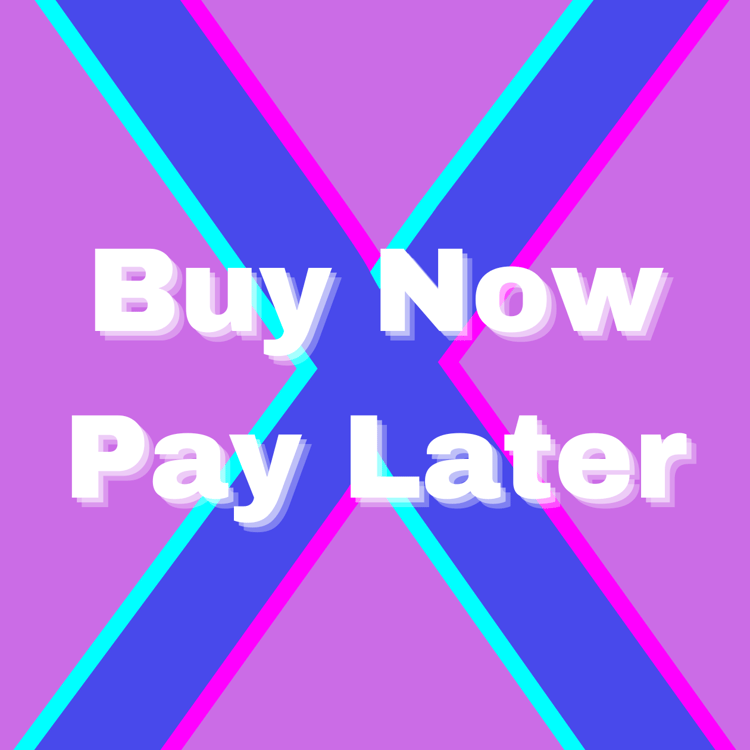
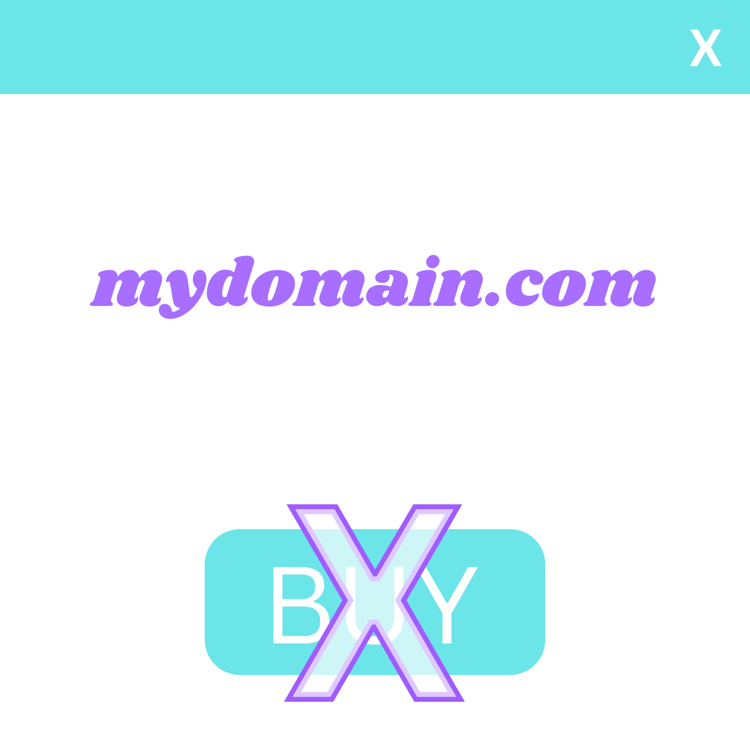


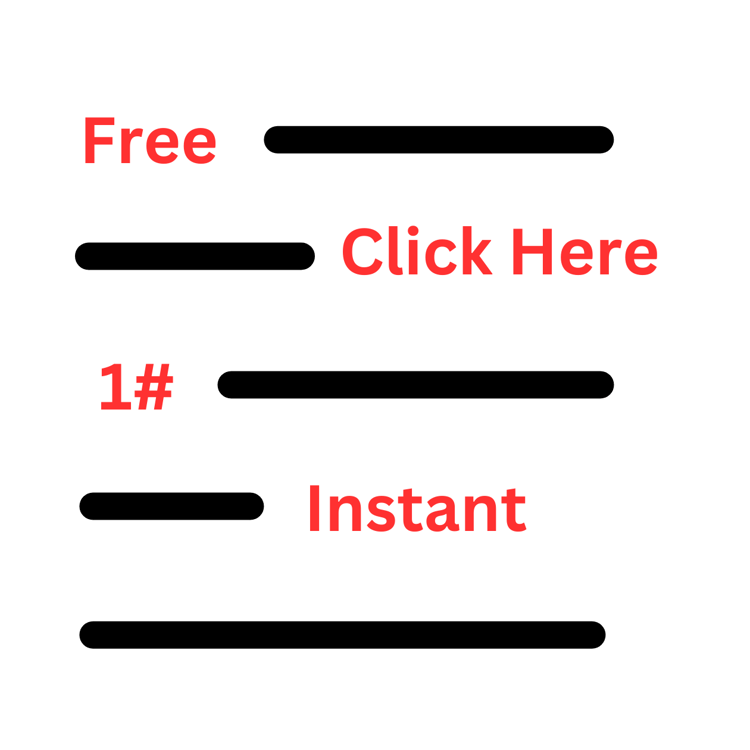
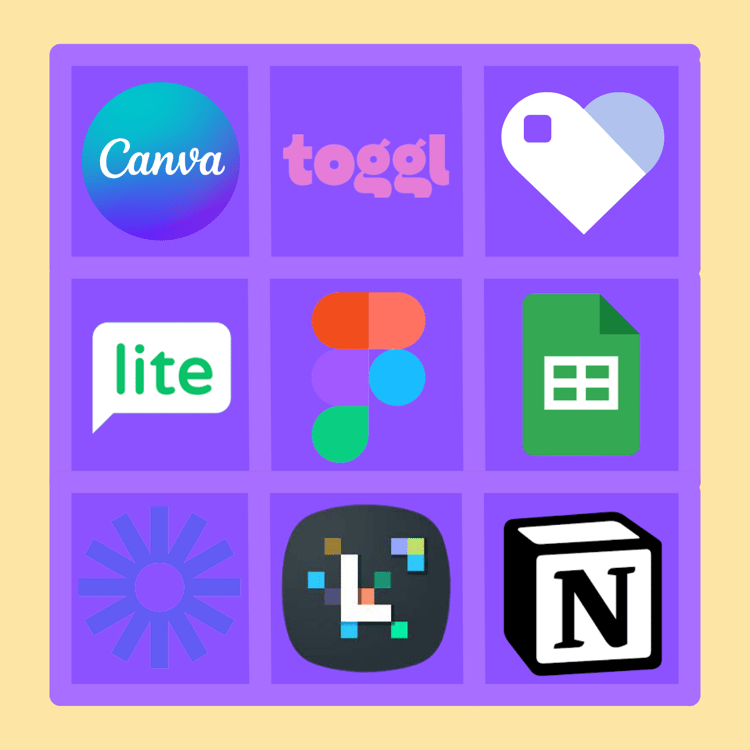
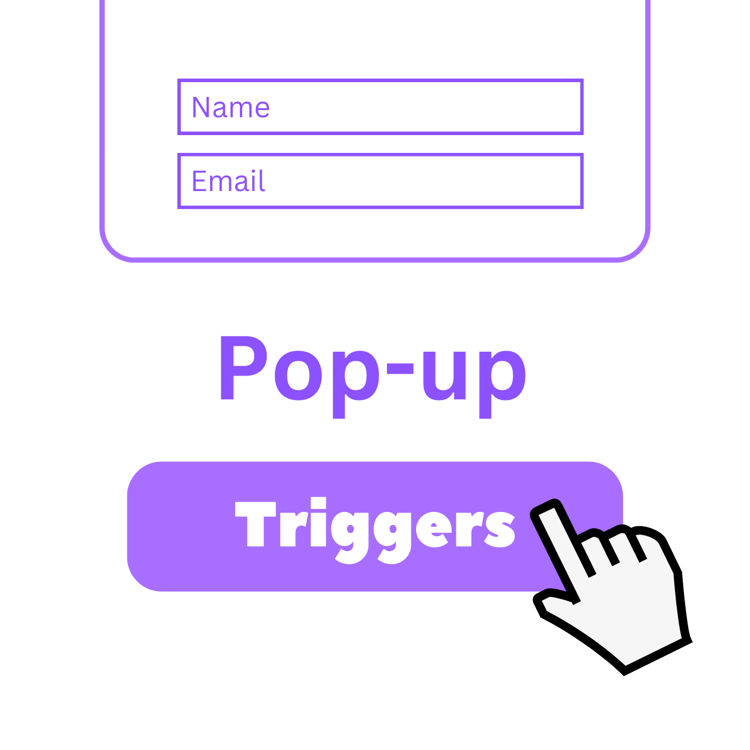
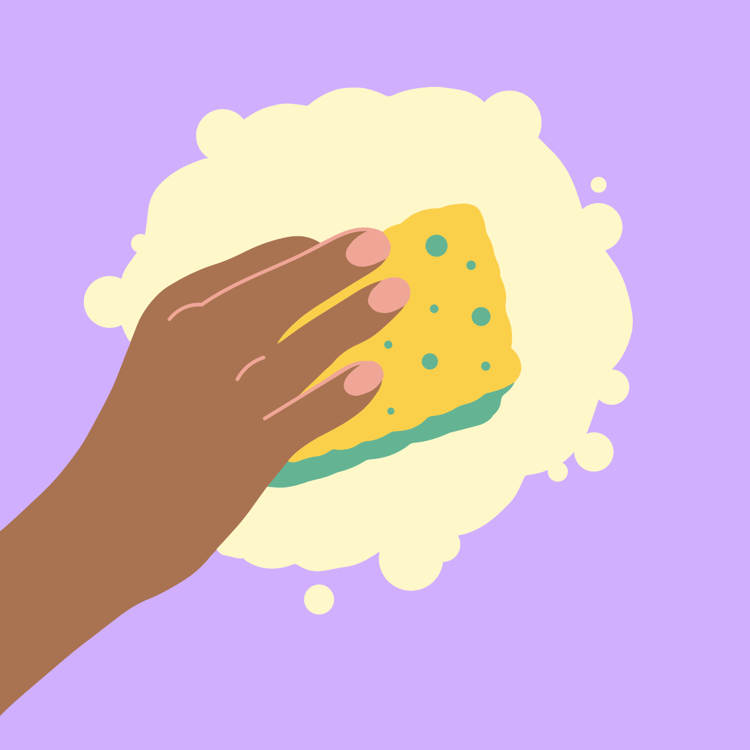

Comments ()